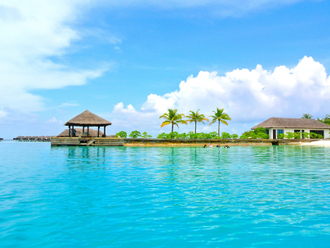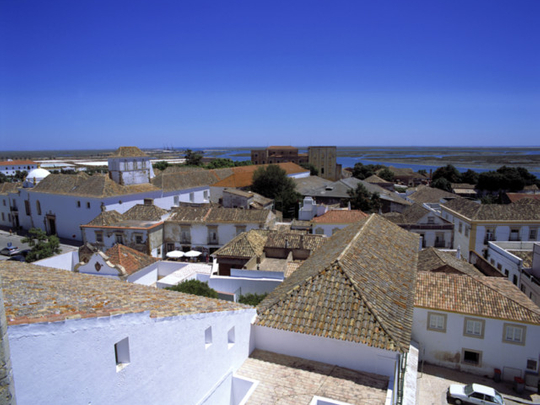
Nestled on the southern coast of Portugal, Faro is the heart of the country’s Algarve region, where cerulean waters and mouthwatering cuisine rival those of the French Riviera or Italy’s Amalfi coast.
But unlike some beach towns that are all sun and no soul, Faro is more than postcard-perfect views. There are charming walkways, a walled historic town and pristine islands. Here are some tips for experiencing what the city has to offer.
HISTORY, WALKWAYS AND ART
Enter Faro’s walled old town through the neoclassical arch of the Arco da Vila and traipse through cobblestoned streets, towering stone facades and the curved arches, some of which date to 13th century Moorish rule. From the Largo da Se, a square lined with orange trees and surrounded by an 18th century Bishop’s Palace, there’s easy access to a 19th century Town Hall and a cathedral. Ascend the tower for great views of the town, the Ria Formosa lagoons, and the trail of shrubs and flowers that crown the top edges of these historic walls.
Seek inspiration for your own walls at the Faro Municipal Museum, Trem Gallery and other artistic haunts sprinkled throughout the old town, or at a number of shops, where iconic Portuguese tiles, with intricate blue designs painted on to porcelain white backgrounds.
Outside the old city, a network of walkways without a car in sight provides a pleasant stroll through the litany of boutiques and restaurants. Sample local fare at the always bustling Pasterlaria Bijou, 33 Rua Santo Antonio, a popular cafi that offers regional delicacies such as Florentinas, caramelised almond layers, and marzipan in twee shapes filled with sweet egg yolk.
Walkways in and around this area are practically works of art, with black and white stones arranged in intricate patterns that form borders, shapes (such as fish and sea horses), building names, and important dates in the city’s history.
Not to be missed but also not for the faint of the heart, the walls of the Capela do Ossos (Chapel of Bones) inside the Carmo Church are lined with skulls and human remains.
For modern versions of grit, scope out the impressively detailed graffiti murals, which range from political to flat-out funny and swath walls around town. Not even trains are spared from the spray painter’s mark, turning the transportation system into rainbow-hued blur as they chug along the tracks hugging the coastline.
In summer, locals gather by the marina to watch free performances by beautifully costumed folk groups of traditional song and dance.
BEYOND CITY LIMITS
Approximately 6.5 kilometres from the city centre lies Praia de Faro, an easy bus ride away and the only beach in town that’s accessible by road. The beach is a spit of sand on the Ilha de Faro (Faro Island), with one side facing outward into the ocean and the other inland towards the lagoon.
But the most breathtaking scenery can be found on Ilha Deserta — http://ilha-deserta.com — an island that is well-worth the half-hour boat ride. Round-trip ferry service is €10 (Dh50), while longer guided tours of the island and surrounding lagoon go for €25. The impressive variety of plants and birds, along with the lighthouses looming over the craggy coast, make for a serene and visually interesting nature walk. On a weekday, there might only be a handful of people on the white sand beach.
Fishermen’s huts are clustered on one end of the island, but the only real building belongs to Estamine, a solar-powered restaurant whose floor-to-ceiling windows offer panoramic views. The somewhat pricey menu specialises in seafood, most of which was likely caught that day. To bask in the ambience without shelling out the cost of an entire meal, opt for a regional dessert such as warm figs a la mode (€6.50), coffee (€1-3).
Intrepid travellers who bring tents can camp on the beach and share the island with the only other overnight residents, fishermen on the lookout for the next day’s catch.
IF YOU GO
FARO, PORTUGAL: http://www.visitportugal.com/NR/exeres/DDB6DCA5-D0D1-4870-B49D-8C93BBC83043,frameless.htm
GETTING THERE:
By air: As an international hub and a regional entry point, Faro is as accessible as Portugal’s largest cities. Flights are operated by several airlines, including the national carrier, TAP Portugal, and low-cost airlines such as Ryanair and easyJet. Faro Airport (airport code: FAO) is just under 6.5 kilometres from the city centre, with easy transfers by bus (€1.70) or cab (about €10).
By ground transport: A train station and a central bus stop, located minutes from each other in the heart of town, make it easy to pop over to nearby seaside resorts or roam to the other side of the country. CP, the national train operator, provides reliable domestic service, though there are no international routes directly to or from Faro. Bus options include long-distance routes operated by Rede Nacional de Expressos, the national bus line, and shorter trips on EVA, a regional operator. For a taste of neighbouring Spain, there are several daily buses to Seville.


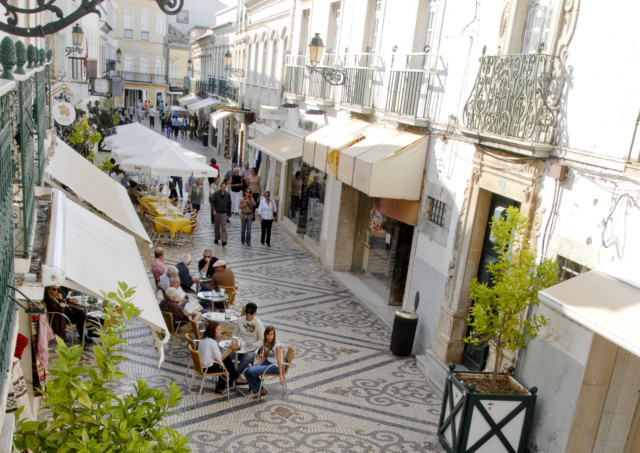
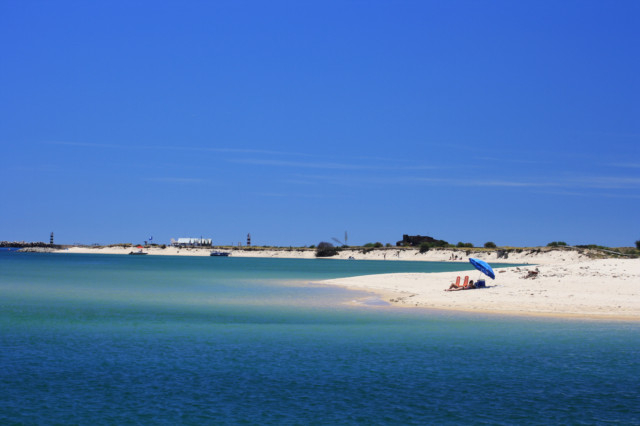
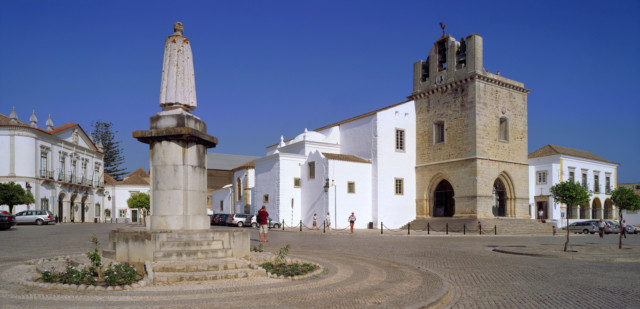

_resources1_16a08528000_small.jpg)

